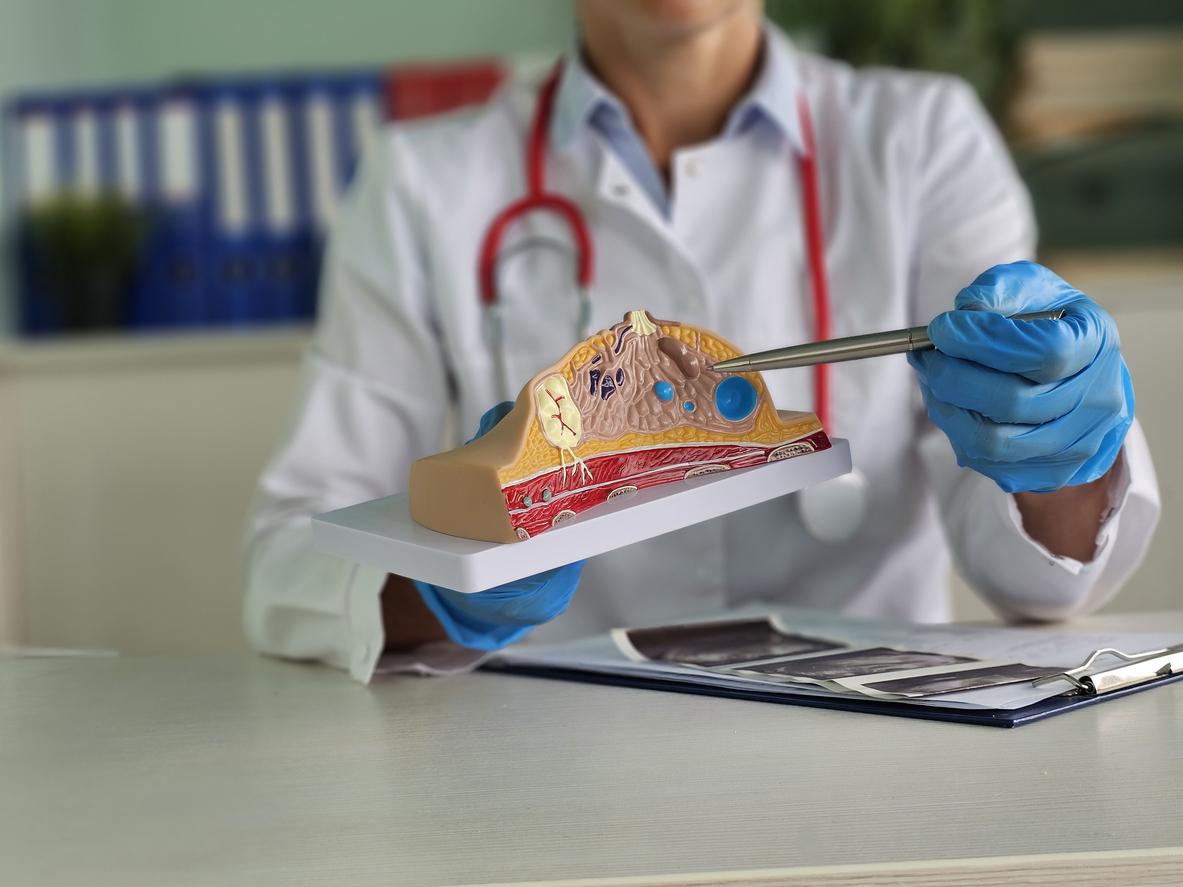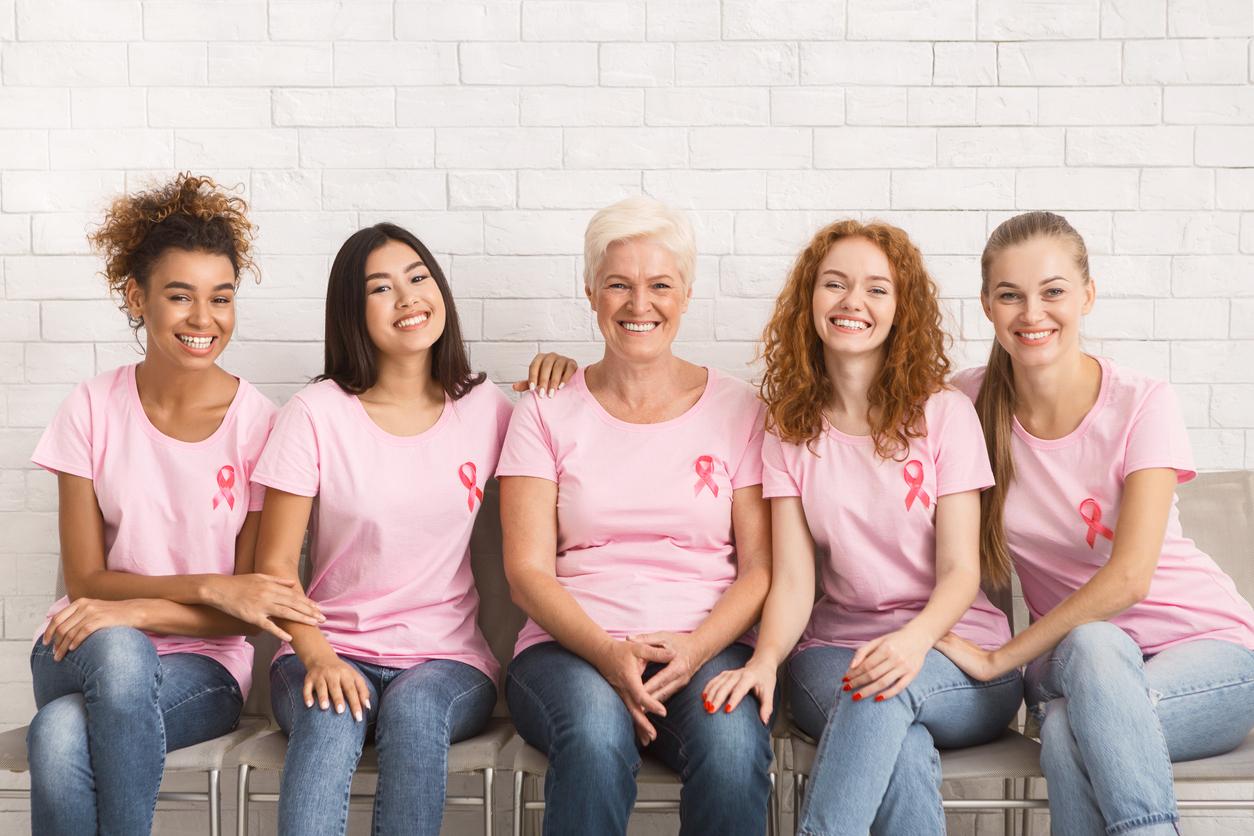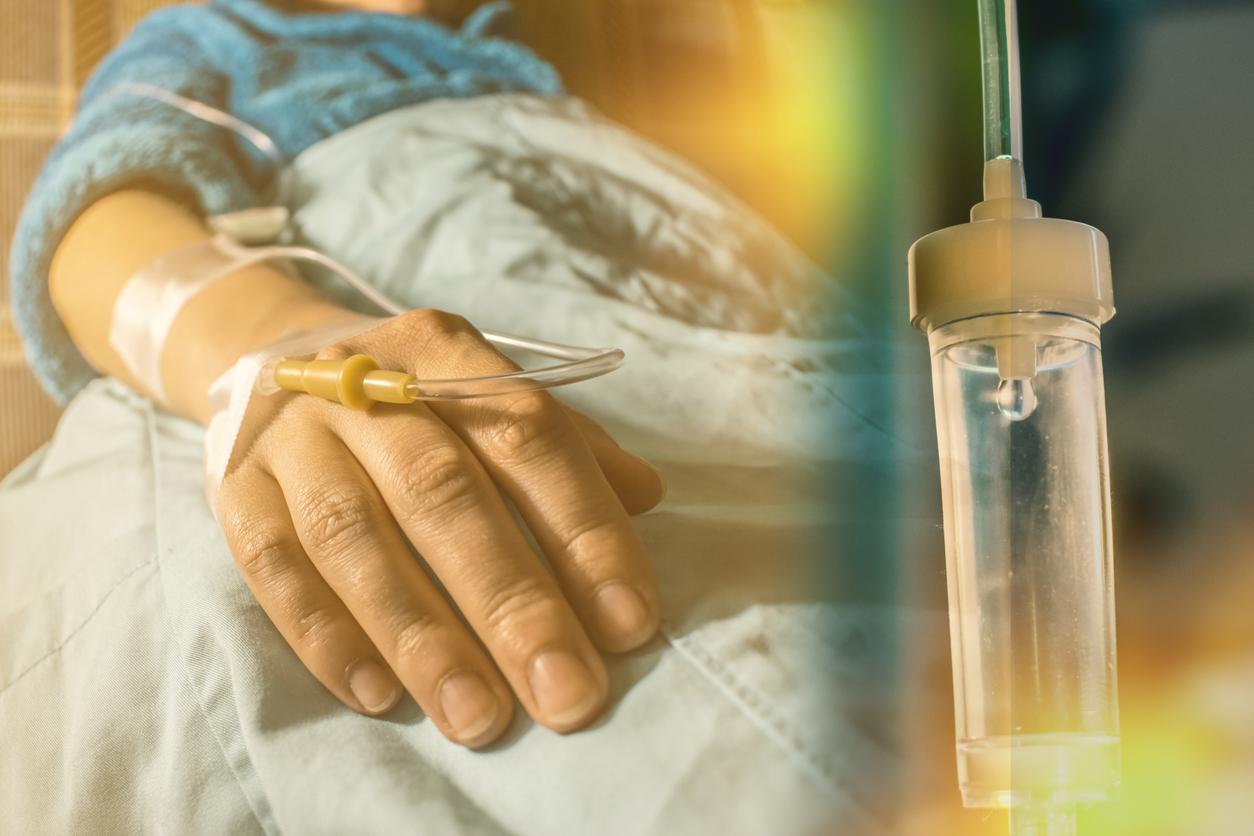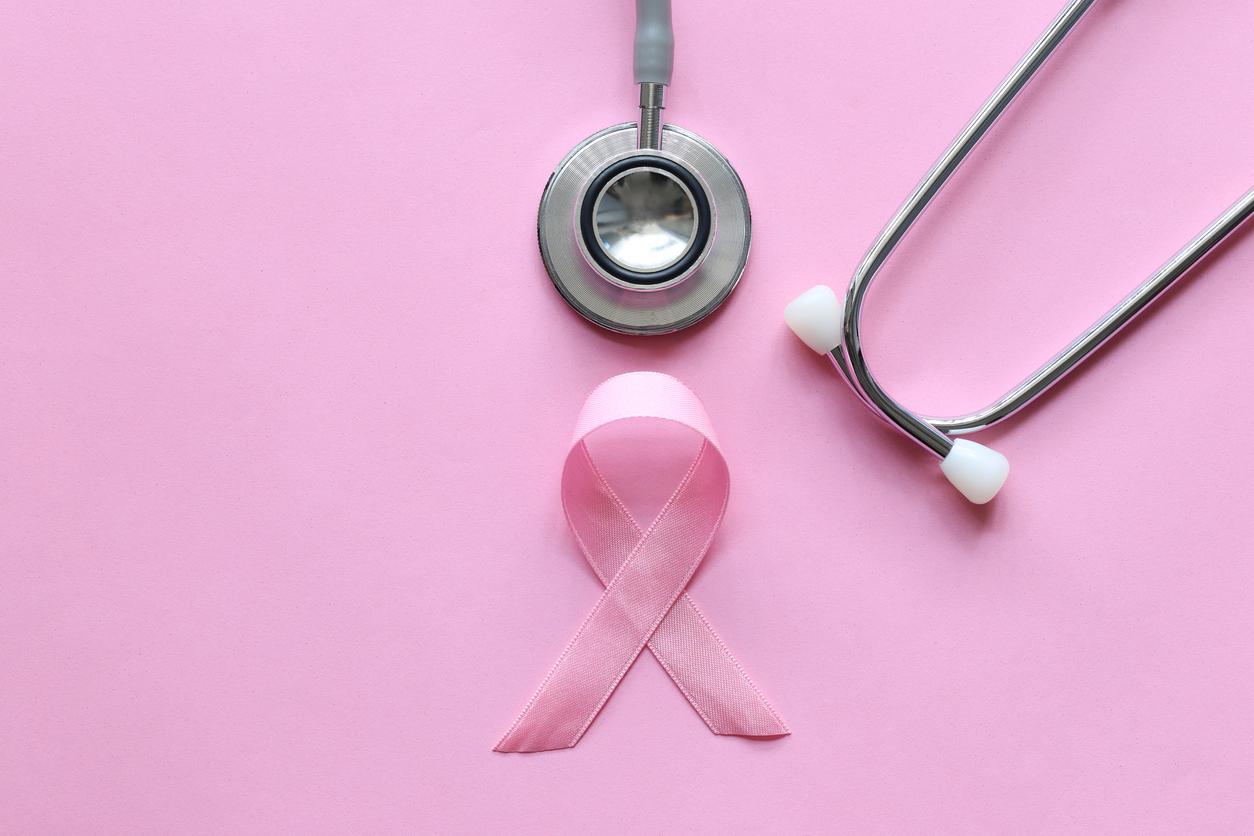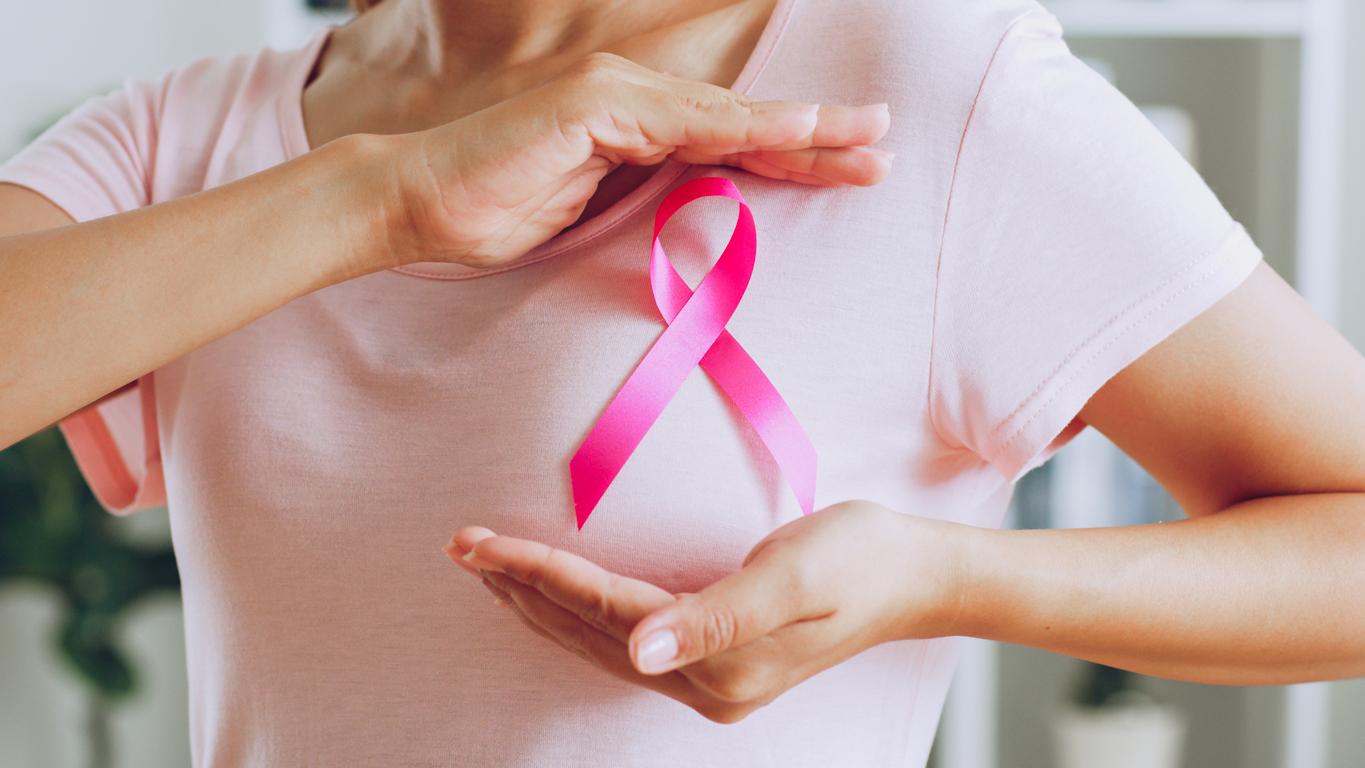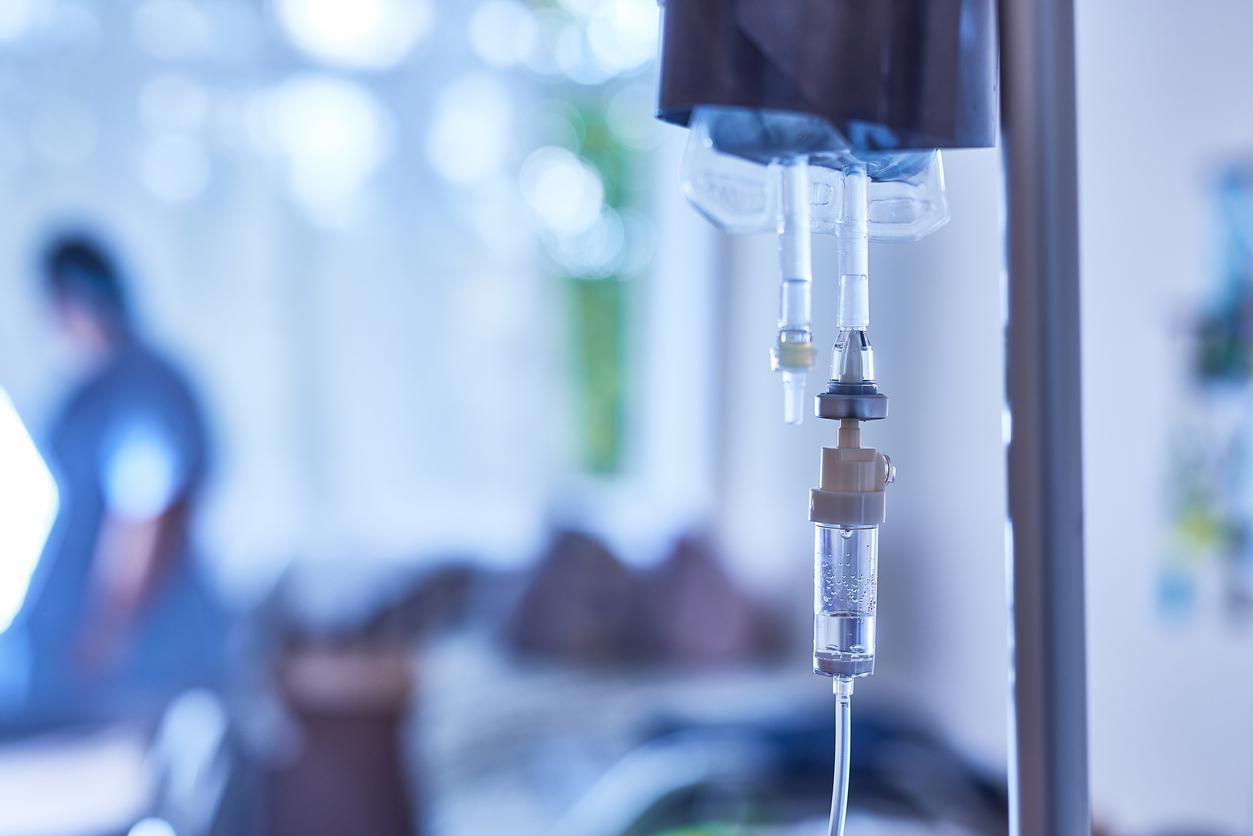On the occasion of Pink October, a month dedicated to breast cancer awareness, oncologist Mahasti Saghatchian tells us about the personalization of treatments that is gradually taking over from chemotherapy, allowing patients to avoid their heavy side effects.
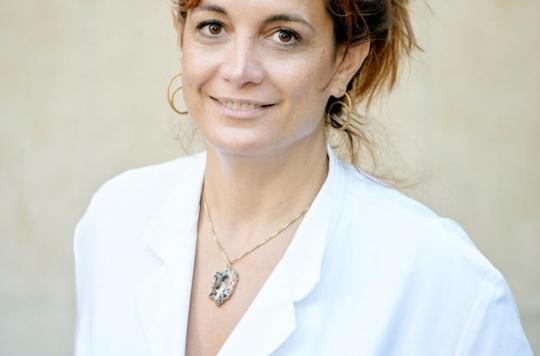
This Thursday 1er October marks the start of the 27and Pink October edition, a month dedicated to the fight against breast cancer. One in 8 women will develop this disease, the early detection of which saves thousands of lives. Treatments have evolved in recent years and allow patient care. Gradually, personalized treatments took precedence over chemotherapy, avoiding the associated side effects. Oncologist at the American Hospital of Neuilly, Mahasti Saghatchian presents these new treatments which, she hopes, will “completely replace chemotherapy within 10 years.”
How is breast cancer characterized?
There are two ways to look at breast cancer. The first is to look at the scale of the cell. The receptors present on the surface of the cells are observed there. The cancer cell is lined with a multitude of sensors. In our practice, we use some of these receptors to determine the type of cancer cells in order to be able to target treatments. The other option is based on the stage and extent of the cancer. It should then be seen whether it is present only in the breast or whether it has developed in the rest of the body.
What are the warning signs?
It is very difficult to detect early. There is currently no other way than to do a mammogram at this stage. Then if it grows and gets bigger then it can become palpable, it can be felt as a lump in the breast. A lump then appears in the breast or under the armpit. The color or shape of the breast may also be changed in certain areas. All of these signs should alert women.
Are there breast cancer(s)?
There are several different types of breast cancer. On a molecular level, there are 10 or more subtypes. In current practice, three types are identified: hormone-sensitive cancers, those with a higher amount of the HER2 gene and triple-negative cancers. The management will be different depending on the type of breast cancer developed by the patient.
What targeted treatments exist?
For the most common, we focus on the hormone receptors. This concerns three quarters of breast cancers. Anti-hormonal treatments are used to block cancer cells from hormones because they depend on them to live. We often combine targeted molecular treatments: CDK inhibitors, a class of drugs that acts on the cell cycle, in particular on the ability of cells to reproduce.
HER2 cancers can also have hormone receptors. For them, we have a class of very effective drugs: antibodies or HER2 inhibitor tablets. They will attach to the receptor, block and kill the cell. It is particularly effective when combined with chemotherapy. There are many treatments that thrive in this category because they are most effective when targeted.
For triple negative cancers, there is no hook so no way to target them. Treatment is through chemotherapy. According to some studies, they would be sensitive to the immunity of the individual. Occasionally they have the ability to stimulate immune cells so we are looking for PDLA, an immune cell receptor. Immunotherapy can then work. It is sometimes associated with chemotherapy but that is not enough to control this type of cancer very well. It is on this cancer that many studies are carried out on molecular profiles in order to find the best treatment.
What is the advantage of targeted treatments compared to chemotherapy?
Chemotherapy kills cancer cells but also healthy cells. This is why patients lose their hair. The interest of the targeted treatments that replace it is to concentrate the treatment action on the cancerous cells and to spare the healthy cells. Today, this strategy is adopted for hormone receptors and HER2.
Will chemotherapy go away?
The trend is in the direction of abandoning chemotherapy to avoid its side effects. Today, treatments are about 50-50 between chemotherapy and targeted treatment. Targeted treatments may not work after a while and patients end up getting chemo. Over the past fifteen years, there has been very little progress in chemotherapy and the drugs are the same. New research is almost exclusively focused on targeted treatments. Within the next 10 years, the goal is to completely replace chemotherapy with targeted treatments.
To go further, what should be done?
The development of targeted treatments can only take place if we have the ability to analyze patients’ tumors in depth and establish the molecular profile, that is to say the identity card of each woman’s cancer. . Today, this is not sufficiently implemented. This is not done because you have to be able to do biopsies and there is a lack of knowledge. In addition, the reimbursement mechanisms are not very clear, this can only be done within a specific framework. For the moment it has not returned to routine. Reimbursement only occurs if the procedure is funded by a research project or if it is part of the RIHN, which is the method of reimbursement for what is innovative, but this may only be partial.












